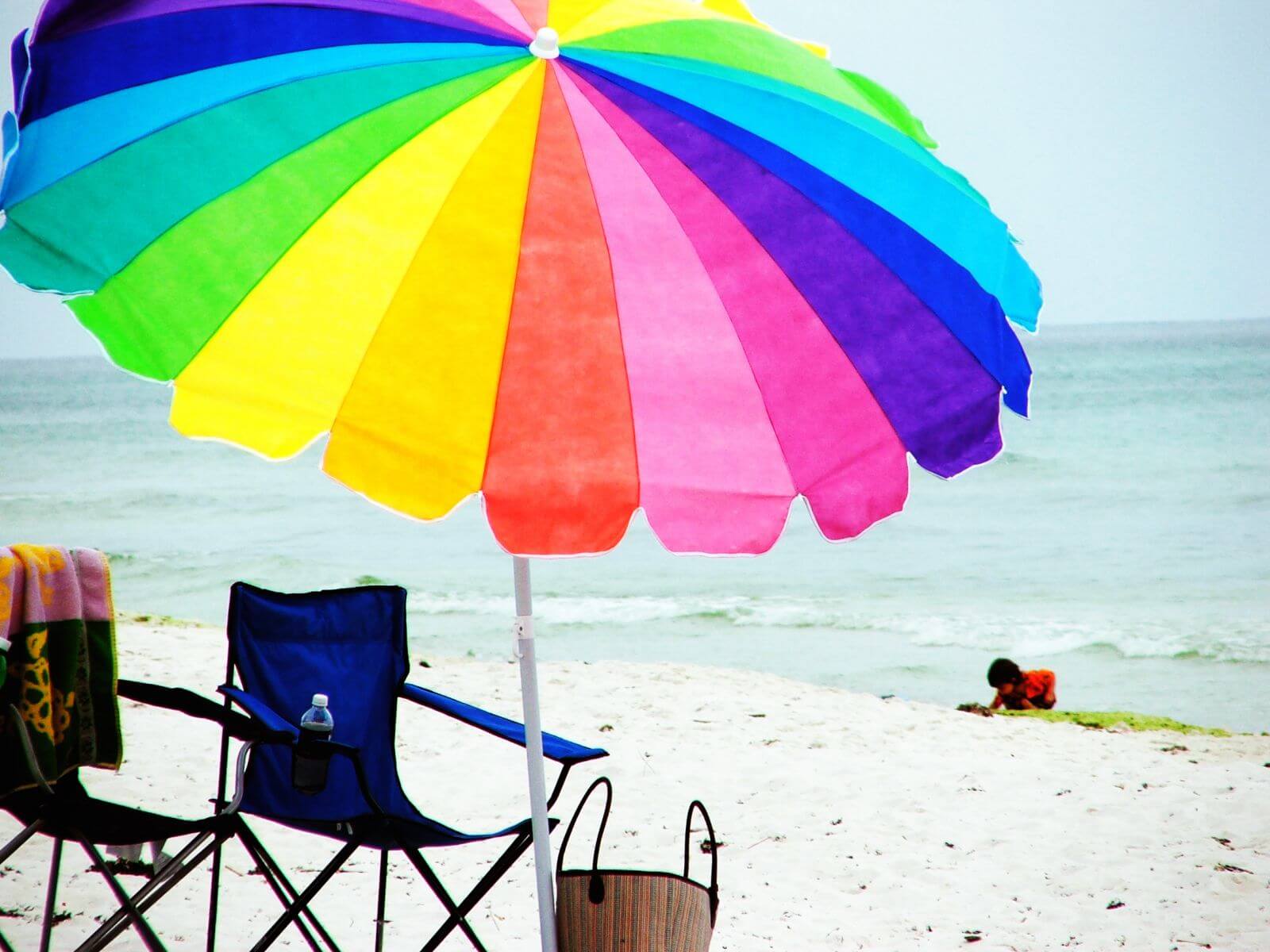 When are rosacea symptoms most likely to be at their worst for most patients? A hot, sunny but windy afternoon in the summer, according to a new NRS survey of 650 rosacea patients.
When are rosacea symptoms most likely to be at their worst for most patients? A hot, sunny but windy afternoon in the summer, according to a new NRS survey of 650 rosacea patients.
Forty-four percent of survey respondents said they experienced the most flare-ups with the arrival of summer. In comparison, 21 percent of patients said they saw the most flare-ups in winter, and 42 percent of the patients said each season was equal.
When asked what time of day flare-ups typically occur, 50 percent of patients said their flare-ups occur most in the afternoon or evening, and 14 percent said morning was worst.
“Hot weather and sun exposure are common triggers for rosacea symptoms, so it makes sense that the summer months might bring a higher number of flare-ups,” said Dr. Doris Day, clinical associate professor of dermatology at New York University. “However, it’s important to remember that protection from the sun is important all year-round, and changing temperatures and weather patterns mean that each season can pose a different threat for many rosacea patients.”
The duration of flare-ups was quite variable. For 31 percent of respondents, they typically last hours, but for 40 percent of patients they last for days, and 29 percent said they can stick around for weeks at a time.
When asked if flare-ups ever coincide with other events, 55 percent of patients surveyed pointed to weather conditions. Twenty-nine percent said that their flare-ups occur completely unrelated to events around them, while 26 percent of patients pointed to meals and food related triggers.
Twenty-two percent of patients said they have a tendency to flare-up in relation to social events, and 20 percent said that their flare-ups typically coincided with other illnesses. Eighteen percent of patients said work events caused their flare-ups and 13 percent said they experienced more flare-ups due to family events. Stress and menstruation were also mentioned as triggers.
Photo courtesy of Amanda Downing on Flickr.